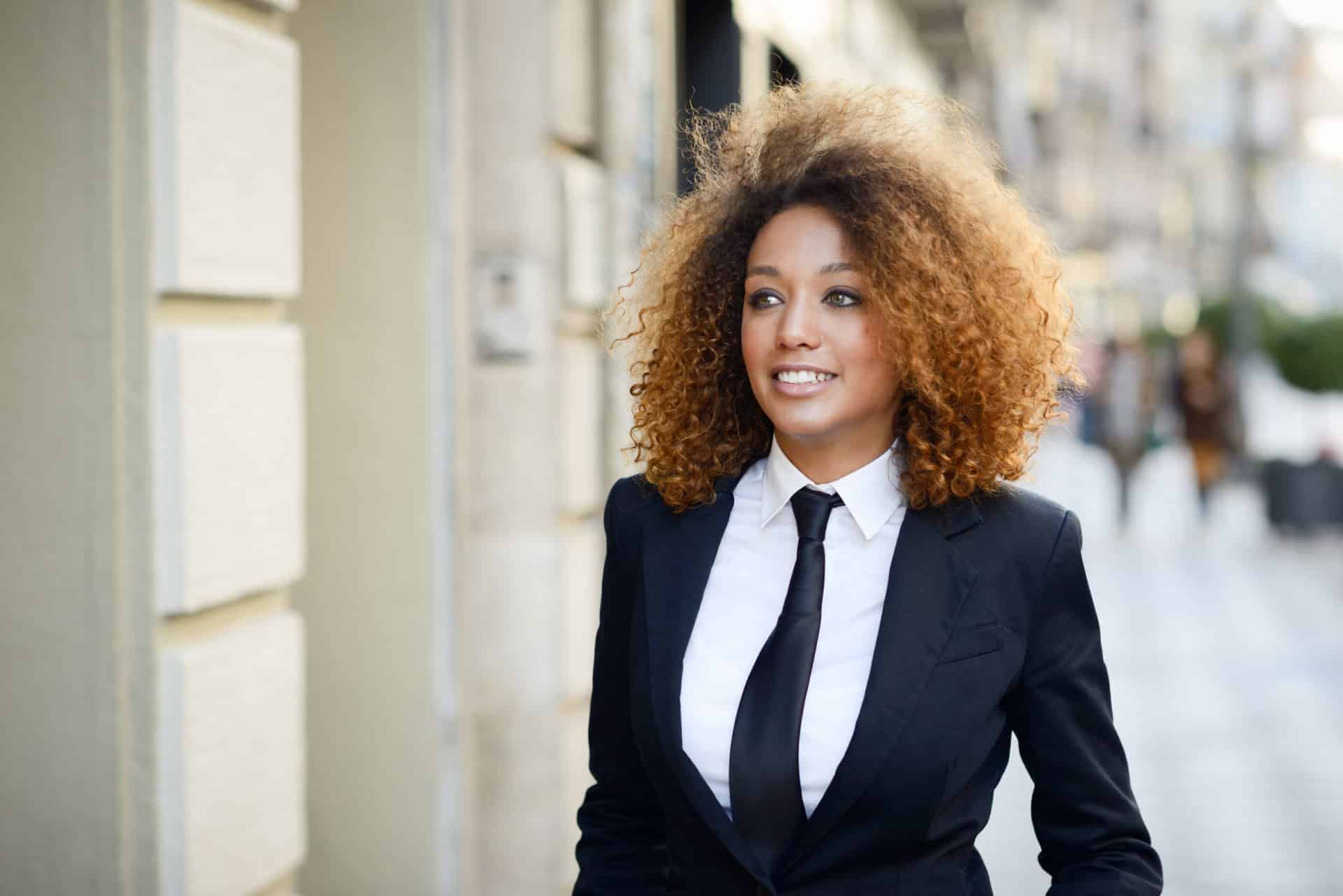Free Consultation
Free Consultation

Three states currently have laws on the books that prohibit hair discrimination – California, New Jersey, and New York. Why do we need legislation specifically addressing hair, you ask?
Because despite Title VII of the Civil Rights Act of 1964 prohibiting discrimination on the basis of race, courts have often overlooked racial discrimination based on the claimant’s appearance.
We commonly see courts rule in favor of employers who rejected applicants based on something that has to do with their appearance, and that includes hairstyle. Legislators believe these rejections are all too often thinly-veiled acts of racism.
Now, Title VII is backed in New York State by the New York Human Rights Law. So what does that mean for everyday people in the state of New York?
Title VII has always prohibited employers from discriminating against employees on the basis of race, but now the law explicitly includes hairstyles and hair texture — both of which are traits historically associated with race.
New Yorkers can no longer be discriminated against by their employer for the way they choose to wear their hair.
When they do face discrimination in this way, there are now legal avenues that can be pursued for personal injury. This makes it even more important that employers and employees alike know what their rights and responsibilities under the new law.
For many New Yorkers, their hairstyle or their natural hair is a way to stay closely connected with their cultural, racial, and ethnic roots and identities. Simply put, when employers ban hairstyles, then they are engaging in ethnic or racial discrimination.
Quite often, employers enforce policies around grooming that include bans on certain hairstyles, claiming them to be “unprofessional.”
Yet these policies are often the reflection of Caucasian standards of what is considered professional and — intentionally or not — perpetuate racism.
Protected Hairstyles
The New York State guidelines now seek to protect employees and give them the right to “maintain their natural hair or hairstyles that are associated with their cultural, racial, or ethnic identities.” Protected styles include:
Protection also extends to employees who wish to keep their hair in an uncut or untrimmed state. (Employers may, however, require employees to keep hair clean and/or pulled back for hygienic and safety reasons.)
While New York’s new laws seem to focus on hairstyles for African Americans, it’s crucial to also understand that some workplace rules surrounding facial hair and grooming can also be discriminatory for others.
These types of workplace policies are also seen as discriminatory under the law:
The new laws make it clear that any hair-related policies or actions that target employees of color, religious minorities, or other protected communities are discrimination.
Employers may try to claim a legitimate safety or health reason for putting grooming policies in place, but the law requires them to consider alternatives to banning certain styles of hair that would still ensure safety and health in the workplace.
The New York discrimination law now in place also protects employees from harassment or retaliation in the workplace.
If an employee believes they are being harassed due to their hairstyle or if the grooming policy they’re asked to follow is discriminatory, then the employer cannot retaliate against them for calling attention to it.
For many people, their hair is a part of their identity. Discrimination on the basis of hair is no longer acceptable in New York, so if you feel you are being discriminated against in the workplace, then there is legal action you can take and compensation you may be entitled to.
Filing a discrimination lawsuit with a personal injury attorney is your first step since they have a deep understanding of discrimination and harassment in the workplace.